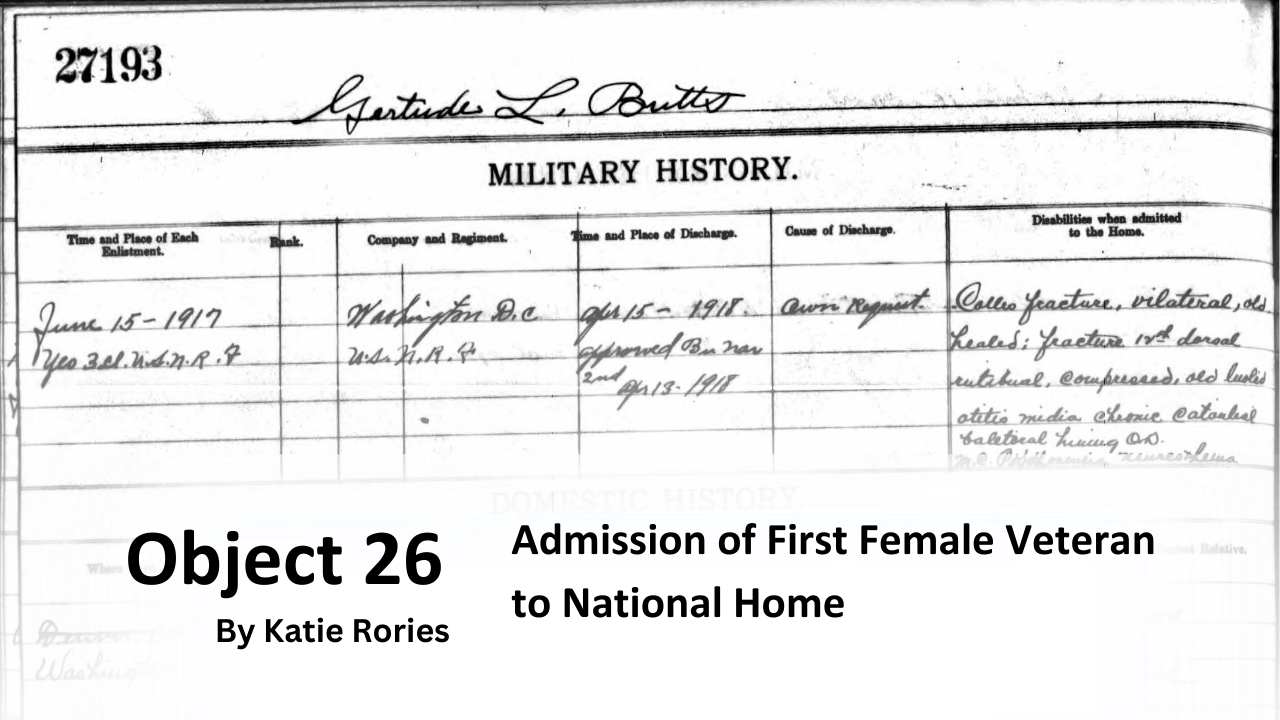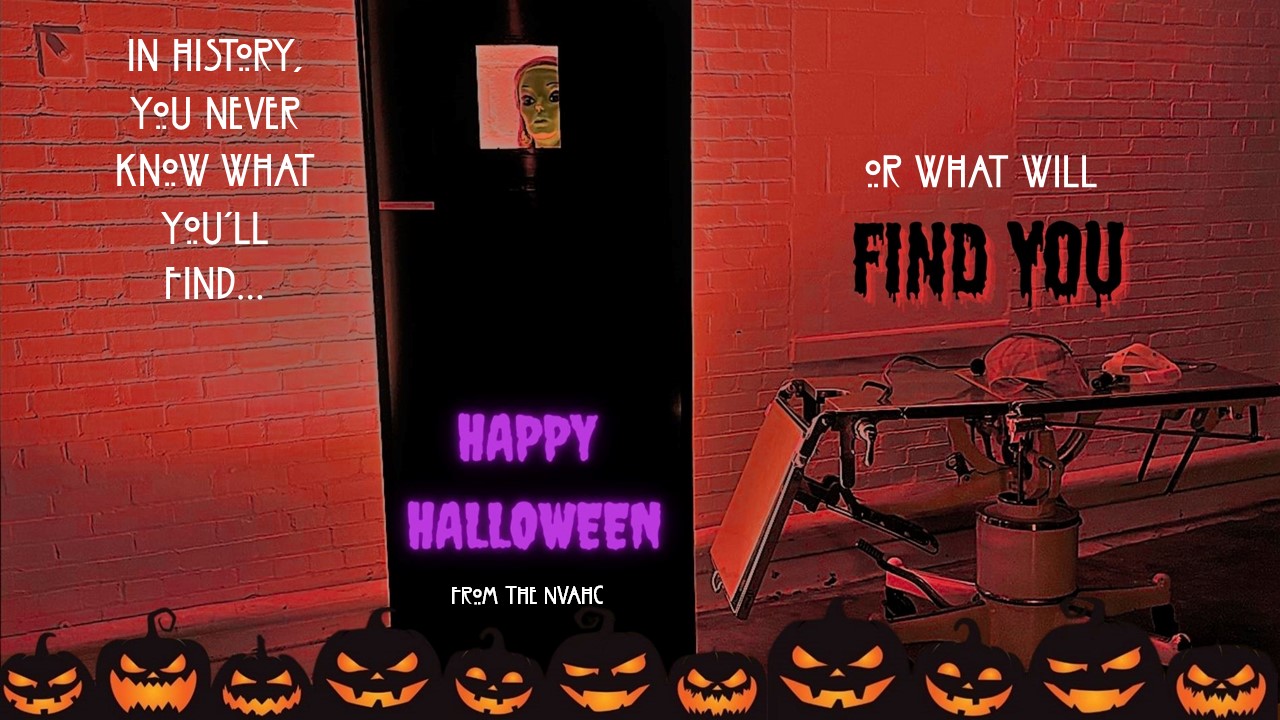
Curator Corner
What’s in the Box? It’s a Mannequin Head for Halloween
What's in the box? - In the first of many, our National VA History Center is on the search to discover unique collection items one box at a time. On a dark and stormy night (not really), deep in the confines of the quiet halls of the warehouse (actually in a well lit office), our curator staff opened a box to find a mysterious and lonely head, with no body. It was the Curse of the Mannequin Head!
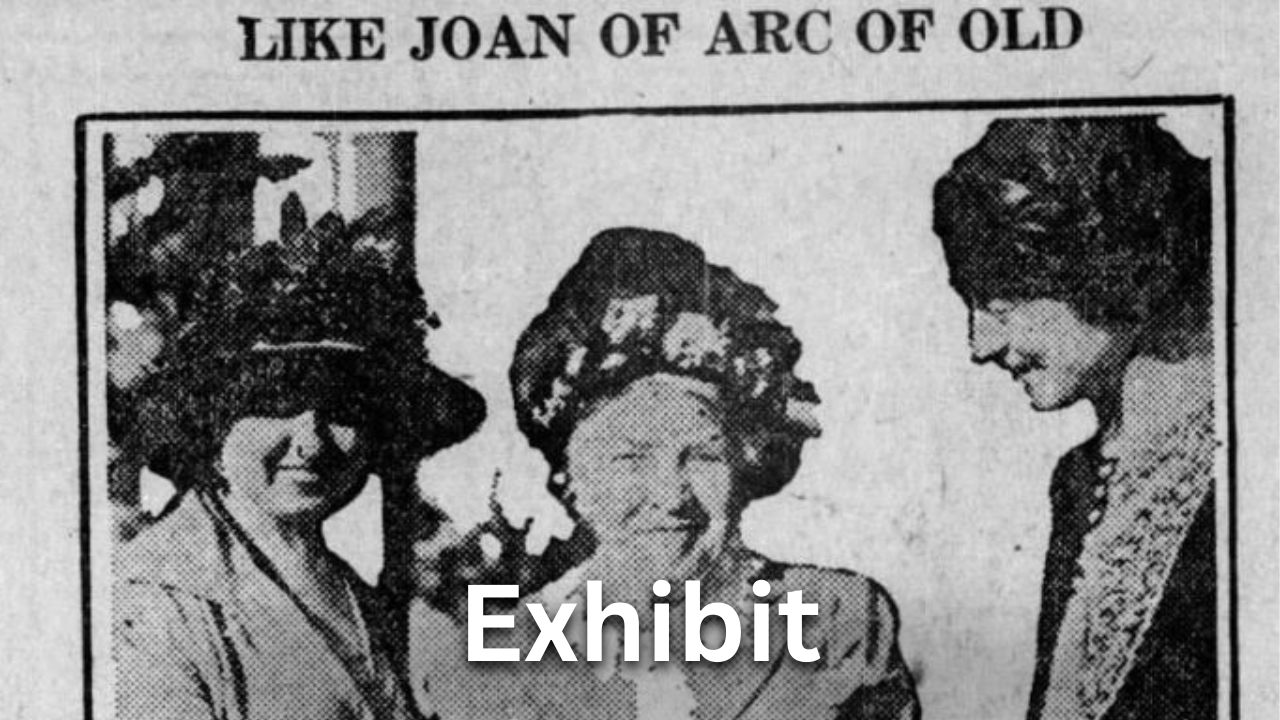
Exhibits
“Like Joan of Arc of Old”: The Origin of Health Care for Women Veterans
VA History Exhibit - While women have served in nearly all of America’s wars, some only achieved the right to Government-provided health care after World War One. This exhibit examines how women Veterans obtained admittance to the National Home for Disabled Volunteer Soldiers 100 years ago in 1923, and profiles what care looked like for these first women patients.
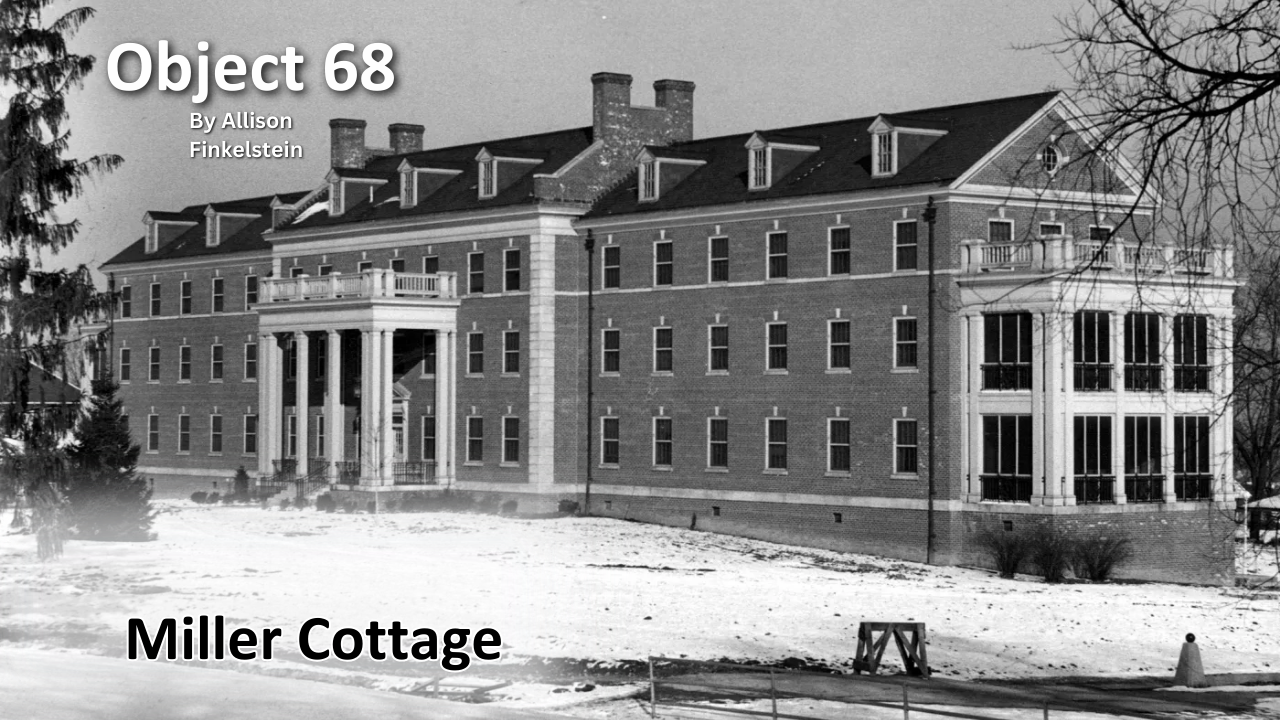
History of VA in 100 Objects
Object 68: Miller Cottage
At the VA Medical Center in Dayton, Ohio, Miller Cottage stands as a mostly forgotten reminder of women’s fight for inclusion in the benefits and health care system for Veterans. This long, multi-story brick building with a white-columned portico originated as a barracks built specifically to house female Veterans on the grounds of what was then called the Central Branch of the National Home for Disabled Volunteer Soldiers (NHDVS). The establishment of the residence represented a rare victory for the female Veterans of the First World War in their quest to obtain government support for all uniformed women who served and sacrificed during that conflict.
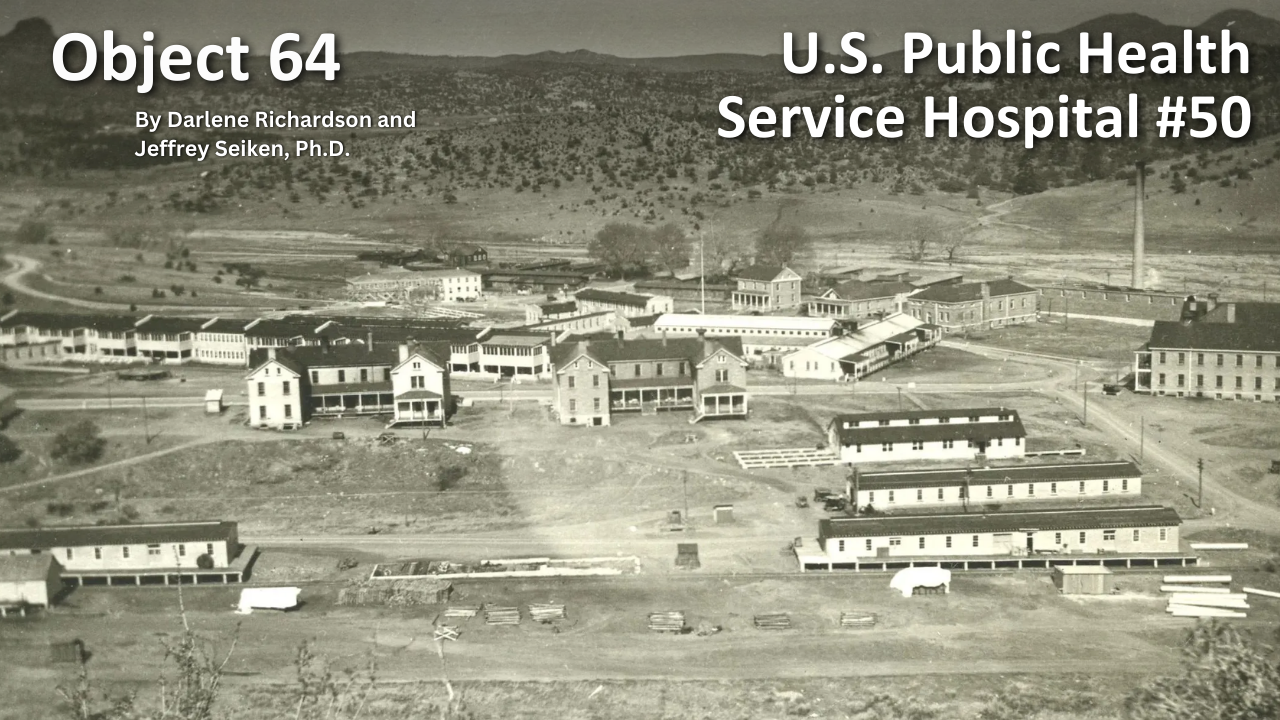
History of VA in 100 Objects
Object 64: U.S. Public Health Service Hospital #50
U.S. participation in the First World War produced a shift away from relying on long-term institutional care for Veterans in need to a model of Veteran welfare centered around short-term hospitalization. During the war, the War Department assumed responsibility for tending to the sick and wounded. Afterwards, when the Army dismantled its hospital system, the U.S. Public Health Service (PHS) stepped in to fill the breach, acquiring numerous facilities the Army and Navy no longer wanted as well as other properties that could be used for medical purposes.
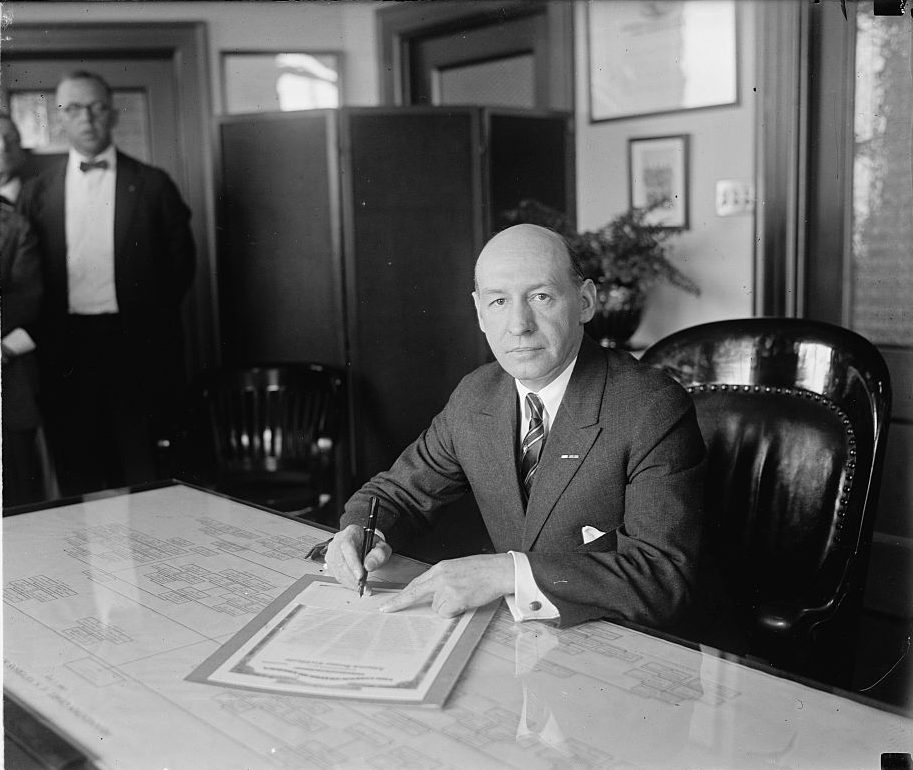
Featured Stories
Brig. Gen. Frank Hines – 1st VA Administrator
Frank Hines was the longest tenured VA leader, from 1923 until 1945 and end of World War II. He led two different Veteran agencies, first the Veterans Bureau and then the Veterans Administration. Despite constant challenges and changes to the system, he was a stable leader for a new federal agency.
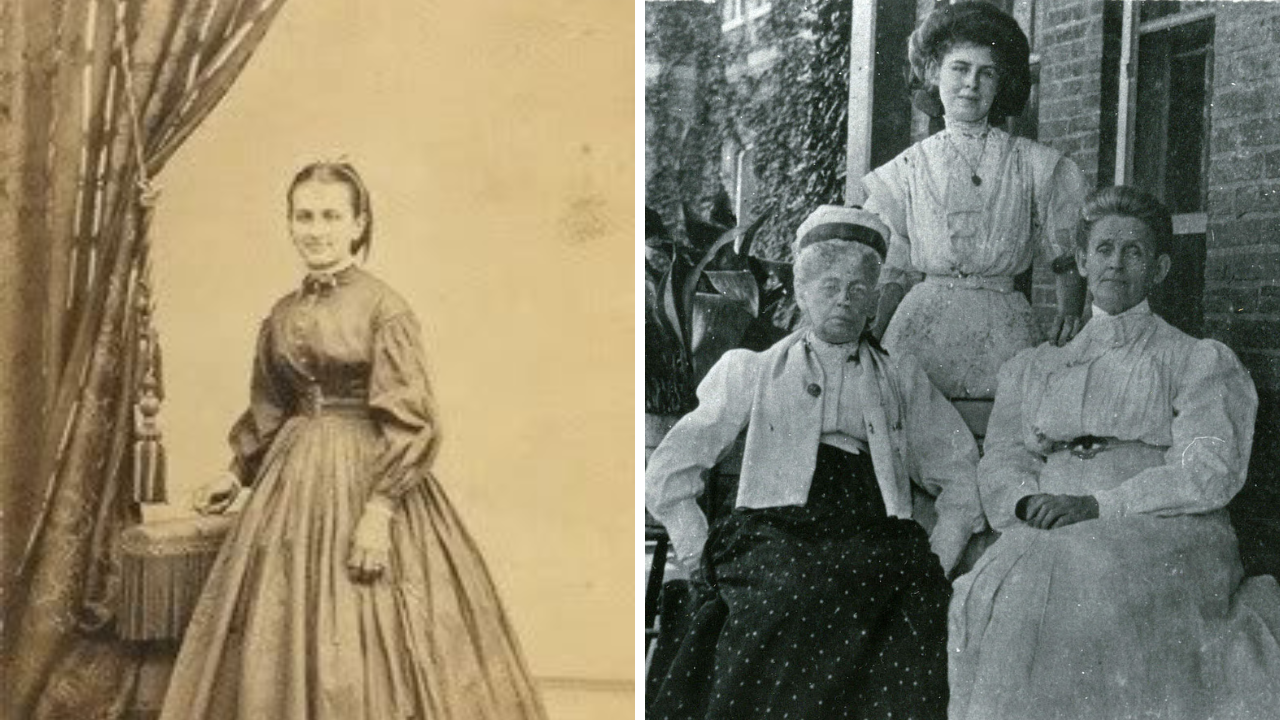
Featured Stories
Delphine Baker and Emma Miller: Women and the Creation of the National Home for Disabled Volunteer Soldiers
After the Civil War, thousands of Volunteer Soldiers needed care. Two women, Delphine Baker and Emma Miller were critically important to the creation and operation of the National Home for Disabled Volunteer Soldiers, the governments answer to providing healthcare to the Union volunteers during the Civil War.

History of VA in 100 Objects
Object 40: Dayton’s Tunnel – “Underground Path of Death”
The Civil War Veterans who resided in the barracks or entered the hospital at the Central Branch of the National Home for Disabled Volunteer Soldiers (NHDVS) in Dayton, Ohio, knew that the home cemetery was most likely going to be their final resting place. a Veteran’s last journey, reported the Cincinnati Enquirer, followed a literal “underground path of death." Dayton's Tunnel terminated at a gated portal on the edge of what is now Dayton National Cemetery.

Exhibits
Historic Postcards From the National Home for Disabled Volunteer Soldiers Era
VA History Exhibit - Postcards were used frequently in the late 19th and early 20th century to capture Veterans' daily life at the 11 different National Home for Disabled Volunteer Soldiers branches, which were early VA campuses. Check out the artwork and photographs from that era in this exhibit by VA History Office intern Kara Wheeler.

Featured Stories
Patriotic Postcards Sent With Memorial Day Greetings
Sending Memorial Day greetings! Over a century ago, the craze for penny postcards with a pretty picture introduced a fast, affordable means to communicate. Like Instagram. Decoration or Memorial Day was a very popular and patriotic greeting theme—depicted with flags, flowers, and veterans. Explore deltiology through a sampling of holiday postcards from the NCA History Collection.
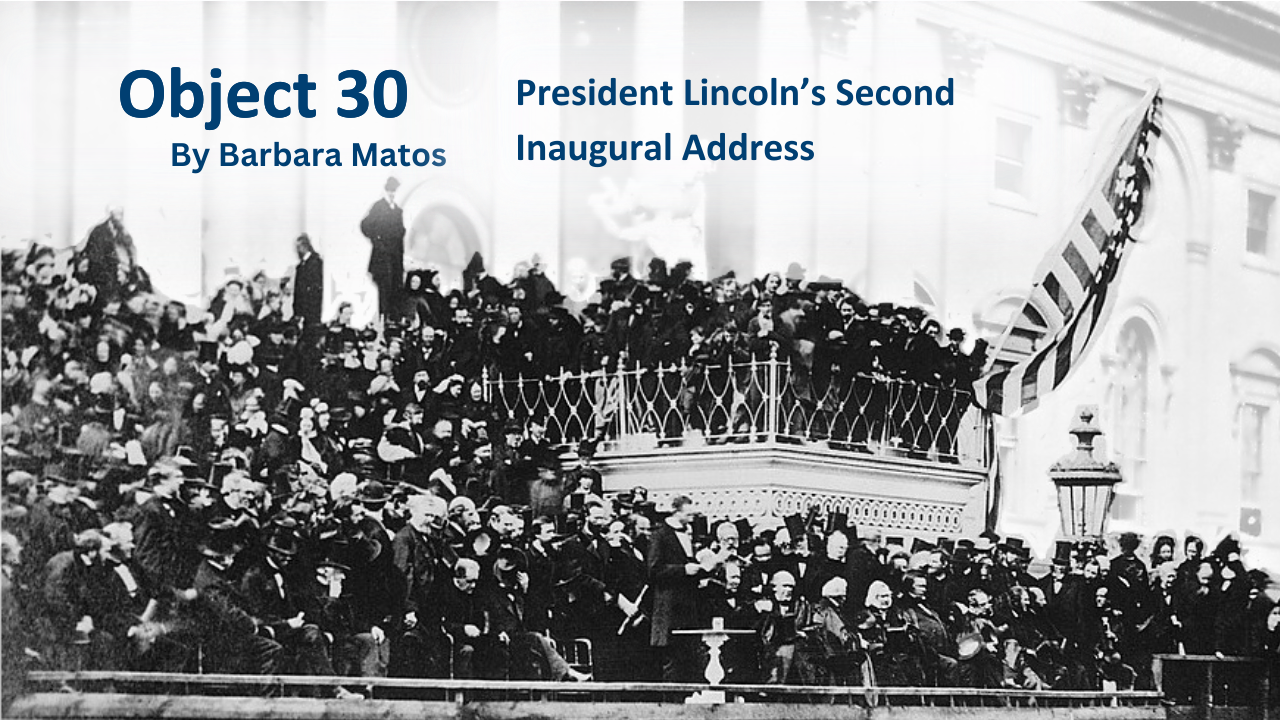
History of VA in 100 Objects
Object 30: President Lincoln’s Second Inaugural Address
On March 4, 1865, as the Civil War entered its final weeks, President Abraham Lincoln second inaugural address was delivered from the East Portico of the U.S. Capitol. Four years earlier, he had stood in the same spot when he spoke to the crowd that had assembled for his swearing in as the sixteenth President of the United States.
This time, his speech focused on the task ahead for the country, a stirring call for healing and reconciliation. A significant section of his speech was a solemn promise to those who had fought to restore the Union: "...let us strive on to finish the work we are in; to bind up the nation’s wounds; to care for him who shall have borne the battle, and for his widow, and his orphan—to do all which may achieve and cherish a just and a lasting peace, among ourselves, and with all nations."



